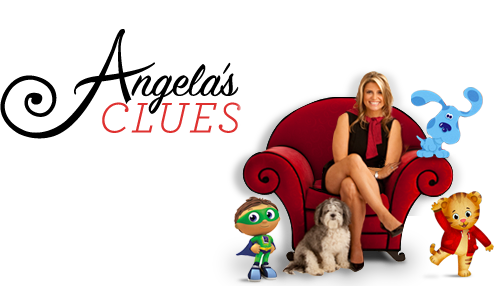 The question woke me up at 4am last night, “Why am I so bothered, as a parent, that a 2nd grader went to see the Hunger Games movie yesterday?”
The question woke me up at 4am last night, “Why am I so bothered, as a parent, that a 2nd grader went to see the Hunger Games movie yesterday?”
Why?
And then it came to me. It’s because of Teachers College, Columbia University. Seriously.
I went into television because I didn’t like much of what was on tv for kids. And so I studied the effects of media on kids. And, the differences in which children perceive and understand the world is correlated to the way children understand media, What children perceive as “real” and what they perceive as “fantasy” is the main area of distinction. Kids will model what cartoons do. Cartoons! And, if you ask a young child they will tell you that a cartoon is not real. But then why do they often show some aggression after they watch cartoon violence? It’s because the line is very blurred between reality and fantasy…and continues to be more and more unclear.
A movie, written from the point of view of a child, in a “realistic” yet futuristic setting, where you are literally surrounded by the story and enveloped into the world can create a strong emotional response among children. And watching children killing children for survival could cause fear and worry into those kids who are not developmentally ready (prior to age 13, depending on the child).
Is that really entertainment?
I reached out to friend and colleague, Dr. Roberta Schomburg, PhD Early Childhood Professor at Carlow University and she says, “Giving children information that raises fears will, in the long run undermine children’s sense of security and trust that the world is a good place to be.”
To me, it’s basically the day that childhood is over. And I remember that day.
Do you?
Send me in comments about when you watched or saw something you weren’t ready for. Did you sleep with the lights on after the Thriller video? Cry after seeing a particular movie in the theater? Did you view your world differently moving forward?

















 Overweight teens often blame their parents for not setting stricter boundaries with regard to their childhood eating habits. It’s your job as a parent to be sensible and practical in the face of your child’s immediate desires. That being said, your child should feel they have some autonomy in the food selection process. So narrow down the options for your child by offering two OR three choices that you’re OK with, and then let your child decide which one they’d like.
Overweight teens often blame their parents for not setting stricter boundaries with regard to their childhood eating habits. It’s your job as a parent to be sensible and practical in the face of your child’s immediate desires. That being said, your child should feel they have some autonomy in the food selection process. So narrow down the options for your child by offering two OR three choices that you’re OK with, and then let your child decide which one they’d like. debated with yourself over whether to toss a certain product into your cart or not. What prompts this “should I or shouldn’t I” debate? Instead of the sparkly bracelet in the cereal box, it may be clever marketing claims, special deals or strategically placed products. Speaking of strategically placed products, I swear those rich dark chocolate bars at the checkout aisle call my name quite often.
debated with yourself over whether to toss a certain product into your cart or not. What prompts this “should I or shouldn’t I” debate? Instead of the sparkly bracelet in the cereal box, it may be clever marketing claims, special deals or strategically placed products. Speaking of strategically placed products, I swear those rich dark chocolate bars at the checkout aisle call my name quite often.


 The
The 







